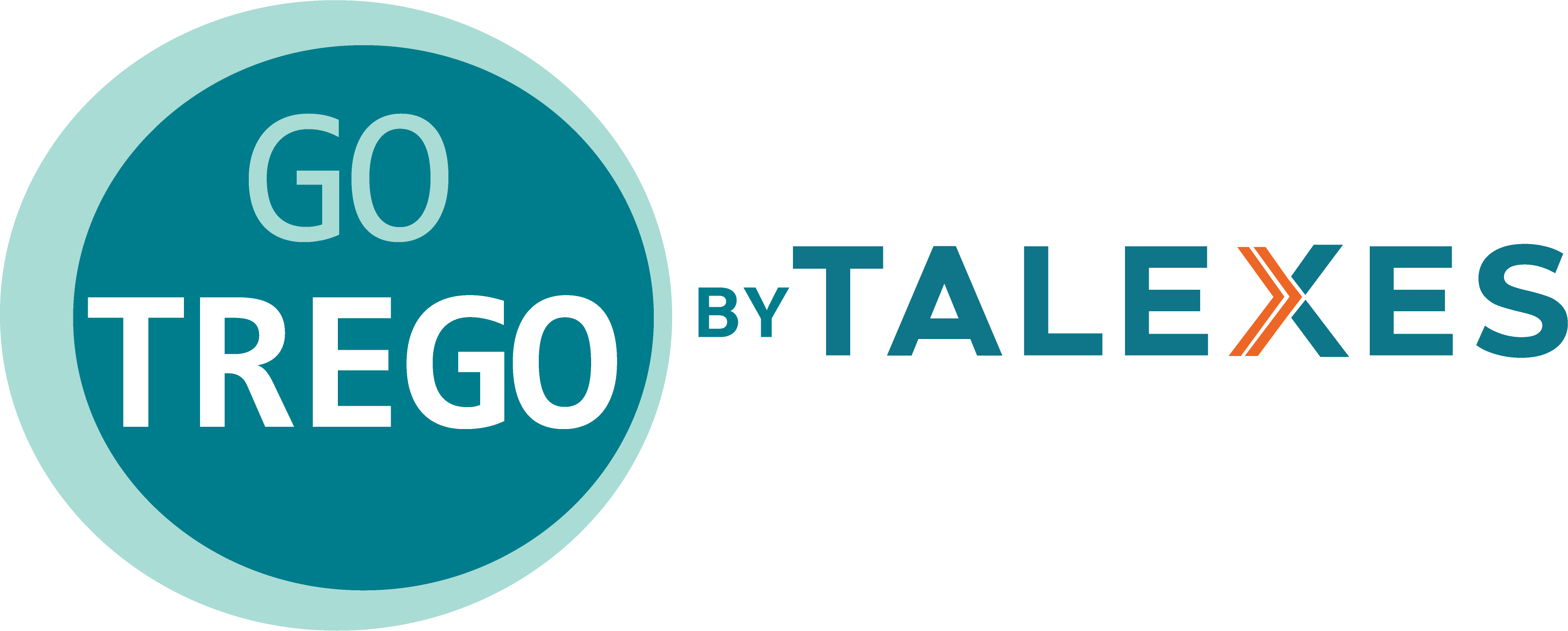In today’s multifaceted work environment, traditional methods of evaluating employee performance may overlook crucial aspects of their contributions. Holistic employee performance evaluation offers a comprehensive approach that considers various dimensions of performance, including skills, competencies, and cultural alignment. Embracing this holistic perspective enables organizations to gain deeper insights into their workforce and better foster employee growth and development. Here are nine key points highlighting the significance of holistic employee performance evaluation:
1. Comprehensive Assessment Framework
Holistic evaluation entails assessing multiple facets of an employee’s performance, such as technical skills, soft skills, and alignment with organizational values. This comprehensive approach provides a more nuanced understanding of employees’ contributions and areas for improvement.
2. Alignment with Organizational Goals
Holistic assessments ensure that employee performance aligns with organizational objectives and priorities. By considering how employees contribute to the overall mission, organizations can foster a sense of purpose among employees, driving collective success.
3. Identification of Strengths and Weaknesses
Managers can identify employees’ strengths and weaknesses across various dimensions, enabling targeted development efforts to enhance overall performance and drive innovation.
4. Promotion of Continuous Learning
Holistic evaluation fosters a culture of continuous learning and development by providing feedback on various aspects of performance, motivating employees to seek growth opportunities.
5. Enhanced Employee Engagement
Employees who feel recognized for their diverse contributions are more engaged and committed to their work, leading to higher productivity and retention rates.
6. Facilitation of Career Development
Holistic evaluations inform career development discussions, allowing managers to offer tailored development opportunities that align with individual aspirations and organizational needs.
7. Improved Team Dynamics
By recognizing and leveraging team members’ diverse skills, managers can build cohesive and high-performing teams, enhancing collaboration and synergy.
8. Mitigation of Bias
Holistic evaluation reduces the influence of unconscious biases by considering a wide range of factors, promoting fairness and equity in performance assessments.
9. Cultural Alignment
Evaluating employees’ alignment with organizational values fosters a cohesive and inclusive work culture, enhancing collaboration and employee satisfaction.
Conclusion
Holistic employee performance evaluation provides a comprehensive understanding of employee contributions and potential, driving organizational success. By embracing strategies that prioritize holistic assessment, organizations can support employee growth, enhance team dynamics, and foster a culture of continuous learning and development. This approach unlocks the full potential of the workforce, ensuring sustainable success in today’s dynamic business landscape.





